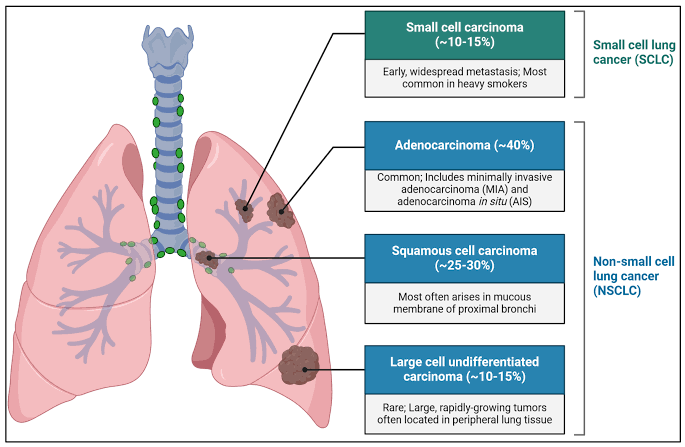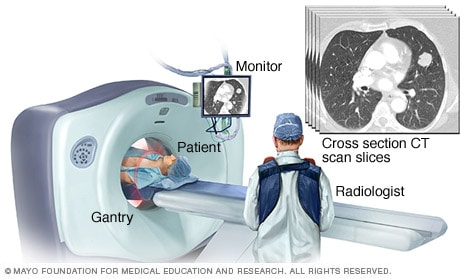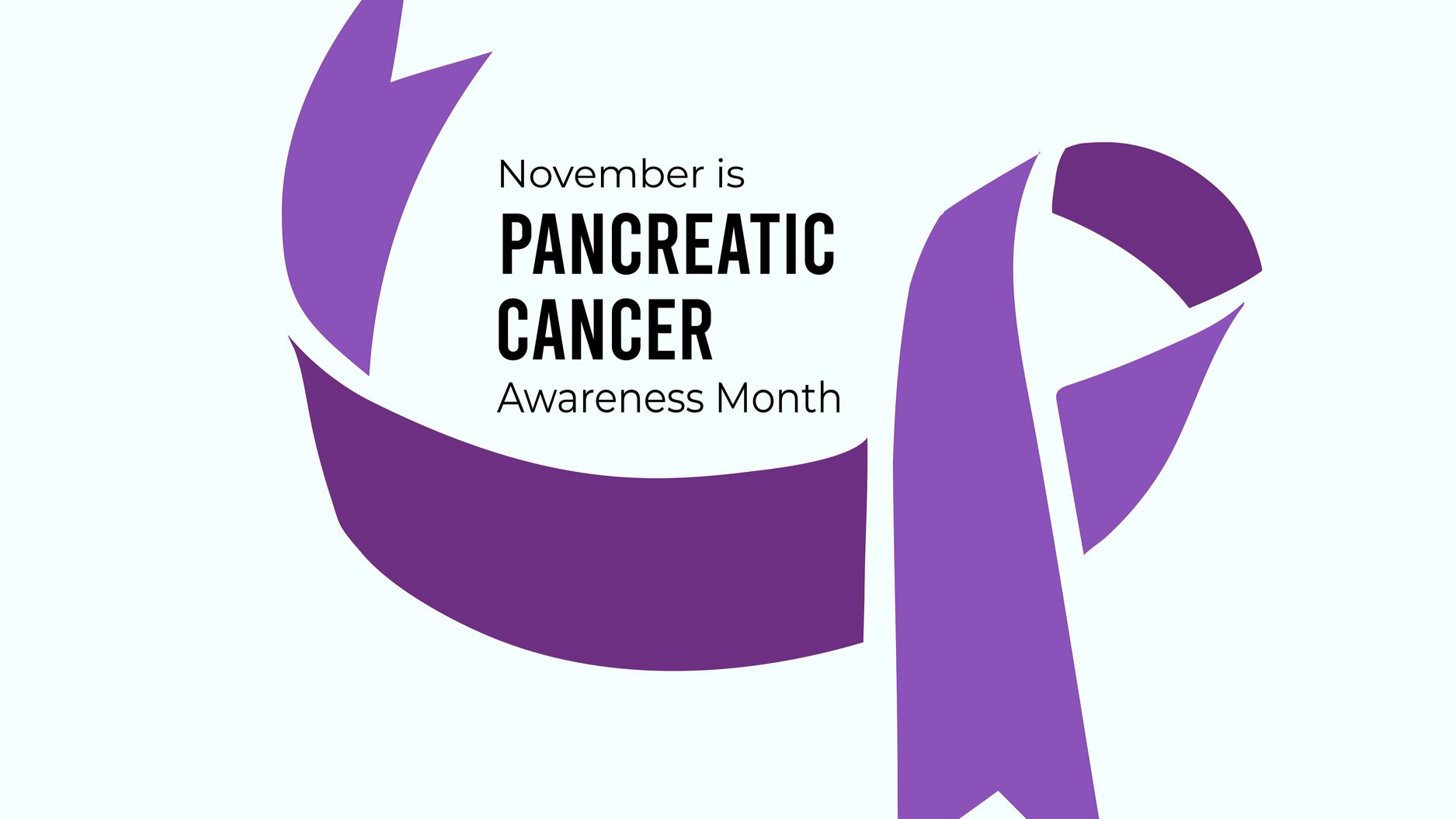Lung Cancer Awareness Month: The Power of Prevention and Screening

Every November, the world turns its attention to one of the most devastating health challenges of our time. Lung Cancer Awareness Month is a necessary time in the year in which everyone comes together to confront a disease that still holds its place as the number one cause of cancer death for both men and women worldwide. The objective is not just to share statistics but to break outdated stigmas, bring into light the evolving risk landscape, and echo that early detection can save lives.
Lung cancer has traditionally been burdened by stigma and silence. Many people thought the disease related only to smokers, hence the toxic assumptions that avoided discussion, support, and proactive care. The message is being flipped on its head today by health experts. Anyone with lungs can develop lung cancer. The focus is shifting from judgment to prevention, from fear to awareness, and from late-stage diagnosis to life-saving screening.
Understanding the Disease: Core Facts Everyone Should Know
Lung cancer is a disease characterized by the uncontrolled division of abnormal cells in lung tissue. These cells form tumors that interfere with the functioning of the lung and also have the potential to spread to other parts of the body. The disease is not a single entity. It appears in two main forms that behave differently and require different treatment approaches.
Non-Small Cell Lung Cancer (NSCLC)
It accounts for approximately 85 percent of all cases and is the most common type. This usually grows more slowly than small cell lung cancer and includes several subtypes, such as adenocarcinoma and squamous cell carcinoma.

Small Cell Lung Cancer (SCLC)
This is less common, but a more aggressive type of cancer. It grows rapidly and tends to spread early, and so early detection becomes even more important.

Lung cancer remains deadly because most patients are diagnosed in its advanced stages. As a result, symptoms usually only become apparent once the disease has significantly progressed. Yet, there is hope to be found within the statistics: when lung cancer is diagnosed at its earliest, localized stage, survival rates are significantly improved. This indeed makes awareness and screening important tools in fighting the disease.
Looking Beyond Smoking: The Real Risk Landscape
Smoking remains the single largest risk factor. It's responsible for as many as ninety percent of lung cancer deaths. But health professionals insist the narrative needs to widen beyond smoking. The bigger picture helps more people protect themselves and reduces stigma, which prevents conversations and early diagnosis.
Smoking (Current or Former)
The more years a person has smoked, and the more cigarettes smoked each day, the greater the risk. The hopeful side of this is that stopping at any age cuts the risk. The lungs begin to heal after some time, and the benefits continue year after year.
Secondhand Smoke
Secondhand smoke poses a serious risk to those who live and work with smokers. There is no safe level of exposure to secondhand smoke. Even brief exposure can be harmful.
Exposure to Radon Gas
The second leading cause of lung cancer is radon. It is a colorless, odorless, and flavorless, naturally occurring radioactive gas that rises from soil and rock. Because it has no smell, color, or taste, people often do not know they are being exposed. Radon can accumulate in homes, offices, and schools. Testing is the only way to know if radon levels are high.
Occupational Exposure
Some workplaces expose workers to hazardous substances such as asbestos, arsenic, chromium, and diesel exhaust. These exposures increase risk over time, especially when combined with smoking.
Air Pollution
The risk of lung cancer is increased in polluted urban environments. It is linked to both outdoor and indoor pollutants, such as smoke from cooking fuels.
Family History and Genetics
Lung cancer runs in some families. When it does, this may be because of one or more shared genes, shared environments, or both. The risk might be higher for someone who had a close relative with lung cancer.
The broader lesson is simple. Lung cancer is not a disease of smokers alone. It is a disease influenced by environmental, genetic and behavioral factors. And the earlier people understand their risks, the earlier they can take action.
Recognizing the Warning Signs: Symptoms That Should Never Be Ignored
Lung cancer tends to be silent in its early stages. This is one of the reasons it is so dangerous. Unfortunately, many never experience symptoms until the disease has spread to a more critical stage. However, there are several warning signs that should never be ignored, particularly when they persist or cannot be explained by other conditions.
Common symptoms may include:
A new cough that does not go away.
A change in chronic cough that is noticeable.
Coughing up blood, even a small amount.
Shortness of breath or wheezing.
Chest or shoulder pain that worsens with coughing or deep breaths.
Frequent respiratory infections, such as bronchitis or pneumonia.
Unexplained weight loss, tiredness, or loss of appetite.
These symptoms do not always point toward cancer; they can also be due to some infection or even other conditions of the lungs. But the important message here is: take them seriously. If something feels unusual or persistent, get medical evaluation without wasting any time. Early action can save lives.

Low-Dose CT Screening: A Powerful Tool for Early Detection
One of the most important developments in the care of lung cancer is LDCT screening. These tests use a small dose of radiation to make detailed pictures of the lungs. It is fast, painless, and extremely effective in the early detection of lung cancer when it is at stages that are curable.
Who Should Be Screened?
Medical experts recommend the annual LDCT screening for patients with the following criteria:
Adults aged 50 to 80 years.
Current smokers or those who quit the habit within the last fifteen years.
At least a twenty pack-year smoking history.
A pack-year measures smoking exposure. Smoking one pack per day for twenty years, or two packs per day for ten years, would both equal twenty pack-years.
Screening is strongly advised for anyone meeting these criteria. The next step would involve talking with a doctor. The visit for shared decision-making helps individuals understand the benefits, limitations, and possible risks of screening.
Why LDCT saves lives
Studies have demonstrated that LDCT screening decreases lung cancer deaths by 20% through the discovery of tumors at earlier stages. When lung cancer is found early, more treatment options are available, and survival is better. The test can detect lesions that would never show up on a routine chest X-ray. This advantage makes LDCT one of the most important tools in modern cancer prevention.

Taking Action This November: What You Can Do
Lung Cancer Awareness Month is not only about information; it's also about action. Below are four powerful steps individuals and families can take to protect themselves and others.
Emphasize Prevention: Of course, the most effective step anyone could take is quitting. Counseling, medications, nicotine replacement therapy, and community programs are all forms of support. Even cutting back gradually can create meaningful improvements. For non-smokers, prevention primarily consists of avoiding secondhand smoke, maintaining updated information about air quality, and advocating for smoke-free environments.
Test Your Home for Radon: Radon test kits are inexpensive and widely available. If levels are high, mitigation systems can be installed to reduce risk. This simple action prevents thousands of lung cancer cases every year.
Know the Screening Criteria: If you or someone close to you qualifies for LDCT screening, speak with a health care professional. Awareness is one thing, but if it doesn't lead to early detection, that awareness means very little. Screenings on time save lives.
Advocating and Supporting: Support organizations that provide funding for lung cancer research, patient care, environmental justice, and clean air initiatives. Advocacy helps ensure that more people have access to screening, treatment, and education.
The Heart of the Message
Lung Cancer Awareness Month reminds us that, while knowledge is power, action is transformational. Behind every statistic stands a person. Behind every test is another opportunity. And behind every story, there is hope.
Lung cancer is a complex disease, and it's about changing the odds through early detection and good preventive habits. People have more control than they often realize, whether it comes to quitting smoking, getting their homes tested for radon, recognizing symptoms earlier, or seeking out screening.
This November, the challenge is simple: learn, act, and share. Your knowledge might save your life. It might also save someone you love.
Recommended Articles
There are no posts under this category.You may also like...
How Religion Keeps Communities Connected Abroad

Explore how faith unites diaspora families across continents. From African churches in London to mosques in New York, di...
Mama G: The Nollywood Icon Who Never Fades

Patience Ozokwor, fondly called Mama G, is one of the most iconic names in Nollywood. When you hear that name, one thing...
The Secret Double Life of Employees

Have you ever looked at a coworker and wondered what they do after office hours? That quiet, focused colleague who seems...
Bus Sleepers Association:The Reality of 9-5 workers

Most 9-to-5 workers operate with a strange but very real sleep formula, four or five hours at home and the remaining thr...
Pancreatic Cancer Awareness Month: Catching the Quiet Signs Before It's Too Late

November is the month set aside to relate awareness for Pancreatic Cancer. This cancer is a silent killer because it is ...
Your Salary, Your Rules: Budget hacks That Actually Work

Money comes and goes, often faster than you can blink. One moment you’re excited to see your salary hit your account, an...
The Rise of Non‑Boring Workspaces

Offices are shifting from functional spaces to creative ecosystems shaped by identity, wellbeing and flexibility. Yet th...
Old vs New Fintech: Which One Keeps Your Money Safer?

Money has become more digital than ever, From paying a bike man to buying airtime to receiving salary. We now depend on ...
